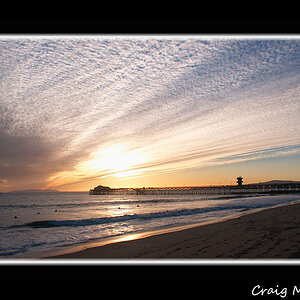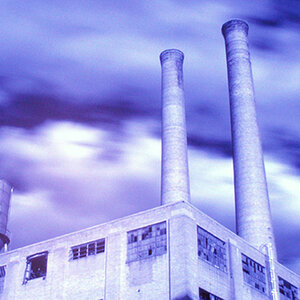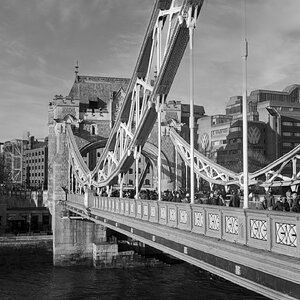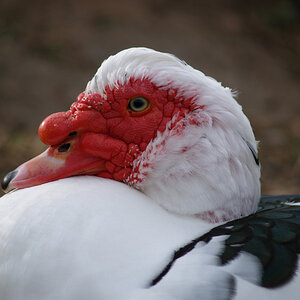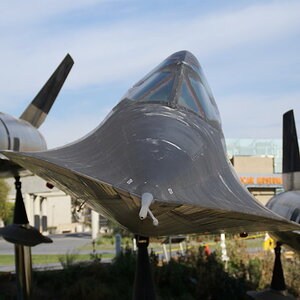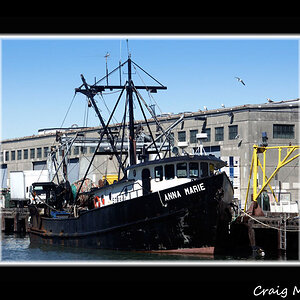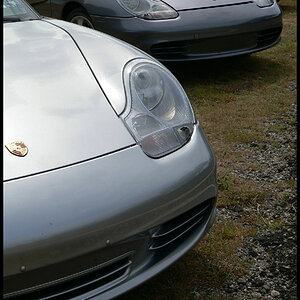petrochemist
TPF junkie!
- Joined
- Mar 9, 2014
- Messages
- 1,873
- Reaction score
- 608
- Can others edit my Photos
- Photos OK to edit
Whilst this is true, lenses show more aberations when fully open than when closed down a stop or two.For all practical photography purpose and DoF, all stars, including our sun, are at infinity.
Consequently there is no need to use a middle or smaller aperture to deepen the DoF.
By the same token a wide angle focal length like 20 mm has pretty deep DoF even when using a large aperture .
With longer lenses it can also be difficult to get the focus spot on infinity so the increased DOF can be useful to correct for slight misfocusing.
f/8 does seem excessively small for a 20mm focal length though.


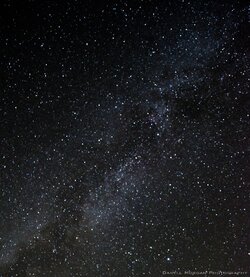
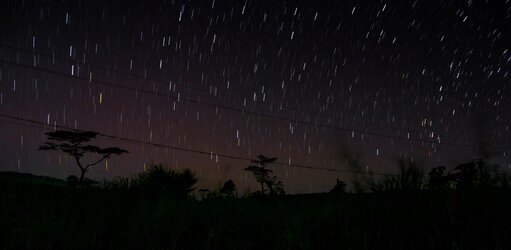
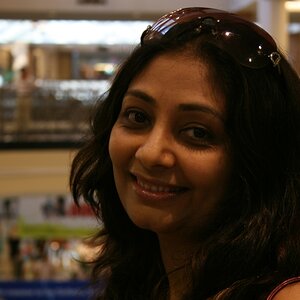
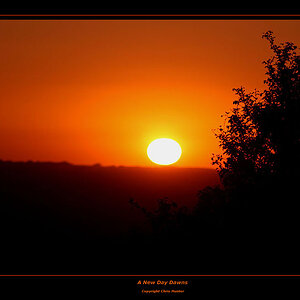
![[No title]](/data/xfmg/thumbnail/33/33361-f56184027ce743b2b7ba9d378a8bb426.jpg?1619735925)
